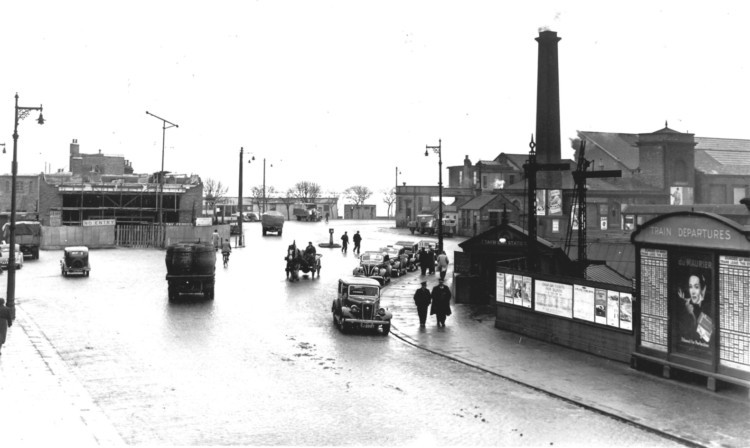The £1 billion regeneration of Dundee’s central waterfront may be a grand scheme to transform the city’s economic fortunes for the future, but it is also correcting the mistakes of the past.
It was the laying of the railways along the waterfront 160 years ago which guided the later road network, that isolated the city from the river.
Professor Robert Duck will explain in a lecture at Dundee University next week that the development of the railways did bring economic benefits but also caused ecological damage.
The dean of environment said the redevelopment of the waterfront to transform the relationship between Dundonians and the River Tay is not unprecedented and much of the plan centres upon righting the wrongs of history.
“The construction of railways through Dundee and right along the riverfront was remarkable as a feat of engineering and no doubt helped create economic prosperity for many,” he said.
“However, this development also brought widespread havoc and devastation along the shores of the Tay. The lines from Arbroath and Perth were built on embankments that isolated large lagoons from the main water body.
“The city lost its famous recreational beaches and limpid waters while communities and their livelihoods became cut off from the river.
“Since natural drainage had become impeded, sewage became concentrated on the landward side of the embankments leading to pestilence and disease.
“The current regeneration of the central waterfront is very exciting for many reasons, not least the fact it will connect the people of Dundee with their river once again and hopefully redress problems that were caused by the development of railways in the 19th century and roads in the 20th.”
Professor Duck’s public lecture, Dundee and the Tay: How Railways Changed the Waterfront, is next Thursday at the university’s Dalhousie Building, Old Hawkhill, at 5.30pm.
It is free and places can be reserved by calling 01382 381184 or emailing cassoffice@dundee.ac.uk.
The talk takes place as part of the Engage Dundee Evening Lecture series.
